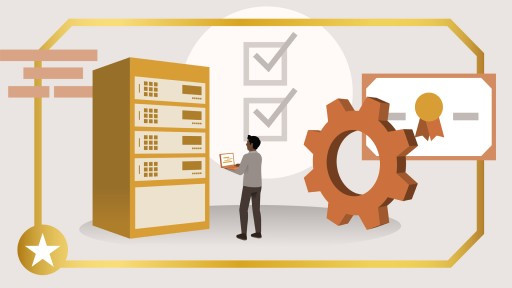
This is an interactive course in Java for advanced programmers. It offers a scaffolding approach to learning, starting with the advancement of computing and gradually progressing to fairly sophisticated problems. All through this learning path, there are many assessment quizzes and programming activities to keep the learners engaged. The course is divided into five modules. In the first module, the learners will know how to set up the Java programming environment, including an IDE, using Eclipse and net-beans as examples. The next four modules cover java swing and awt, database connectivity, frameworks such as struts, spring, and hibernate, various program development strategies, starting with design and then coding, compiling, executing, testing, and debugging. Students will be also initiated to the webs service with the Java programming language; creating graphical user interfaces (GUI), java packages, file input/output (I/O), threads and networking. Programmers familiar with object- oriented concepts can learn how to develop Java application including website design using Servlets and JSP and endup with enterprise application development using EJB using the J2EE tools and this course also includes a comprehensive final exam.
- Teacher: Dr. GATETE Marcel

